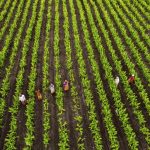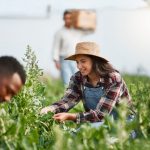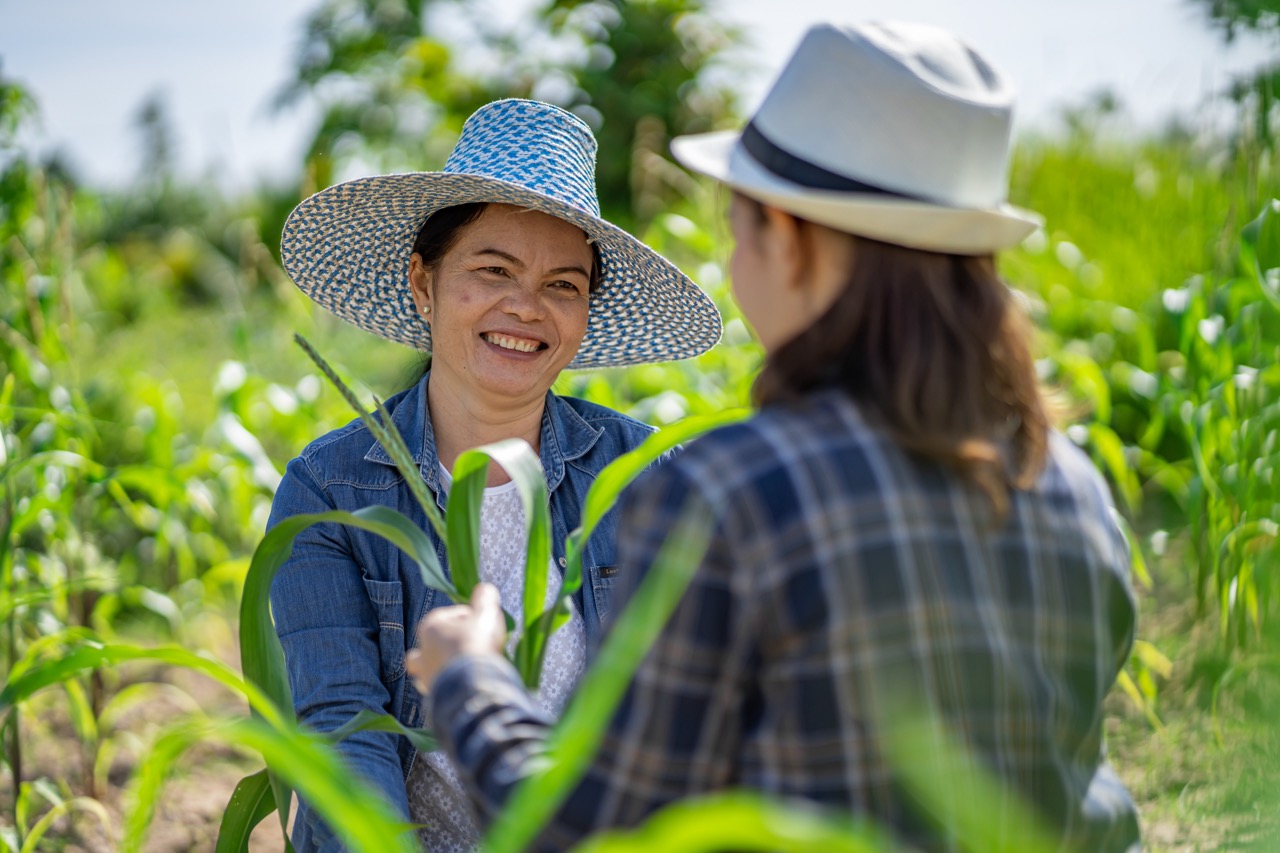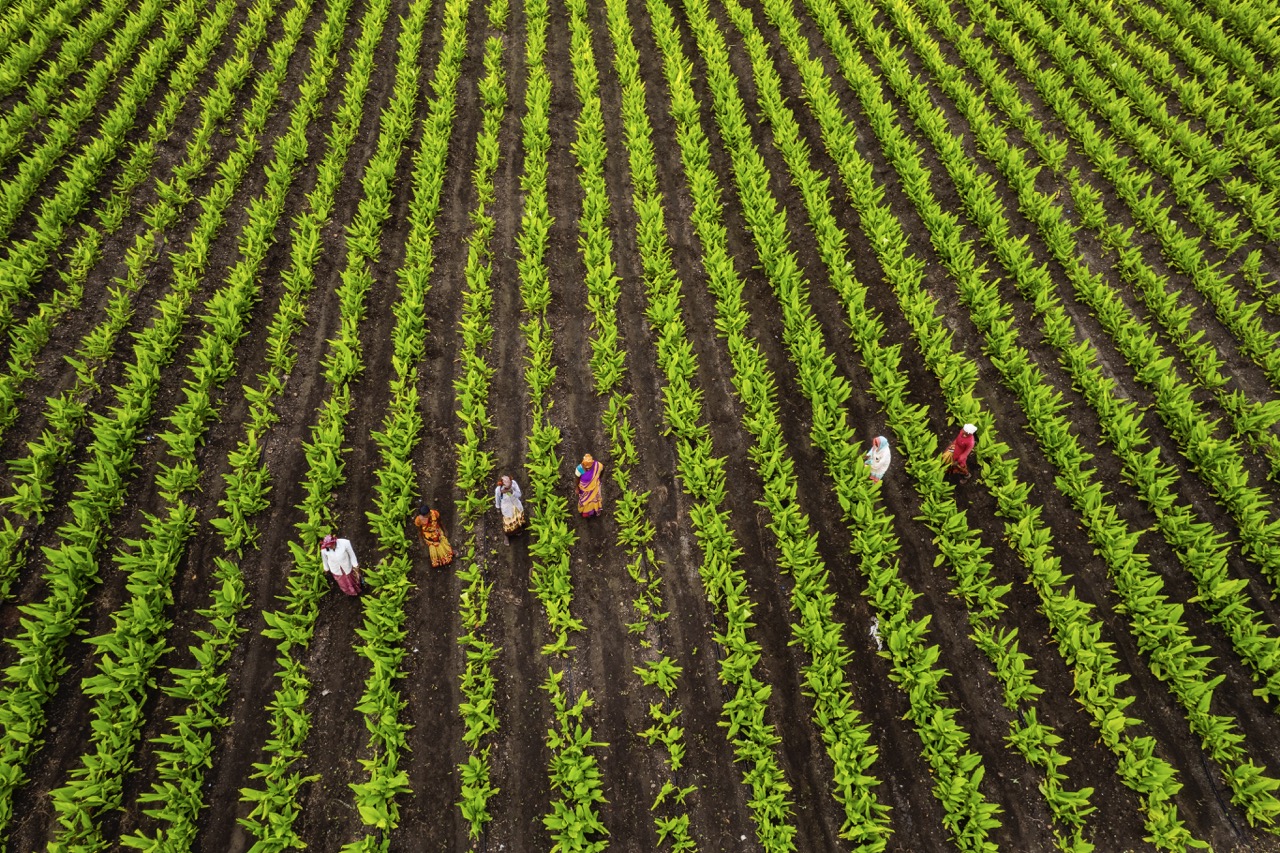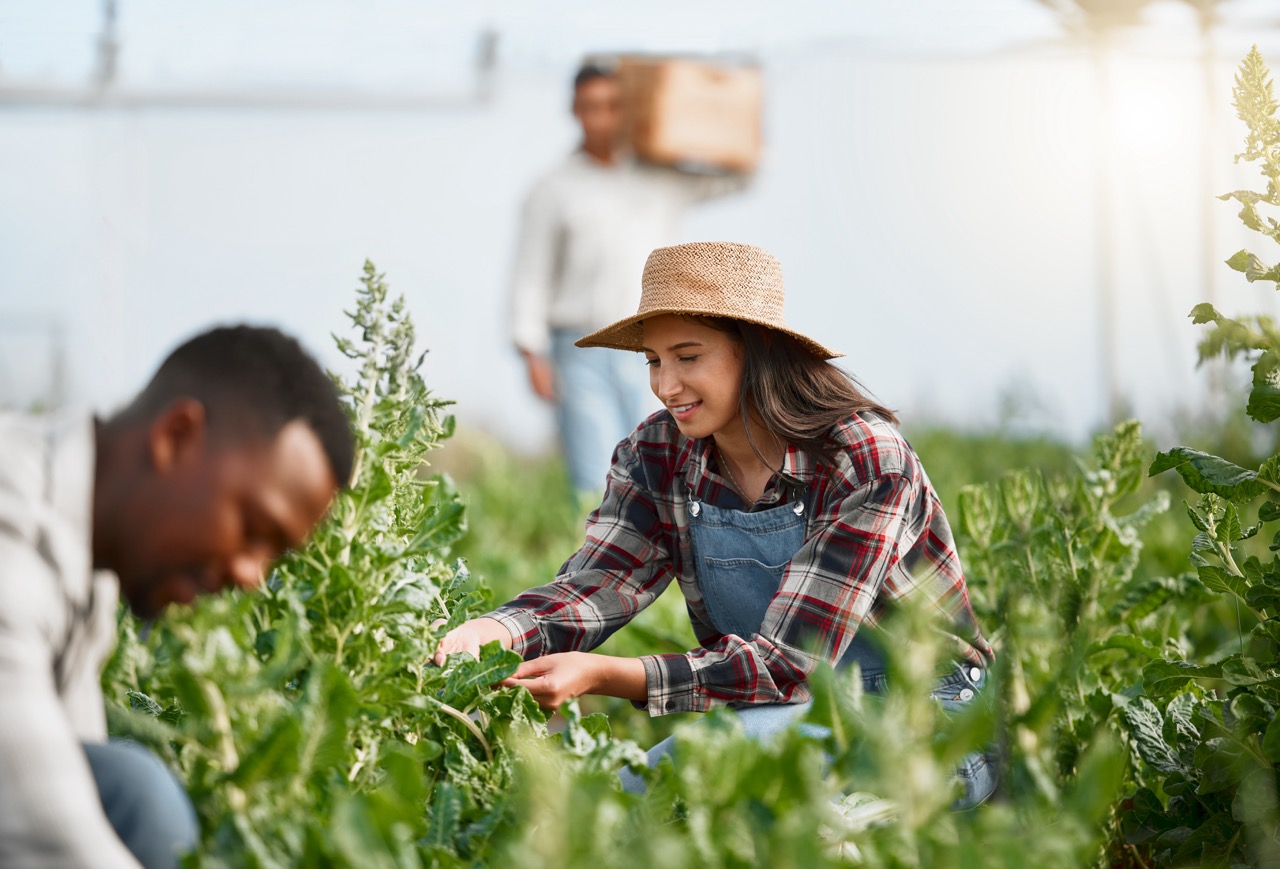Integrating livestock into farming systems has garnered significant attention as a sustainable agricultural practice. As farmers seek to optimize their operations amidst rising production costs and environmental concerns, the inclusion of animals can yield numerous benefits. This article explores the advantages of livestock integration, key management considerations, best practices for harmonious coexistence with crops, and methods to assess the impact of livestock on overall farm sustainability.
Understanding the Benefits of Livestock Integration in Farming
The integration of livestock into farming systems can significantly enhance soil fertility. Manure produced by animals serves as a natural fertilizer, enriching the soil with essential nutrients that promote crop growth. This organic matter improves soil structure, enhances water retention, and boosts microbial activity, fostering a more robust ecosystem. Consequently, farmers can reduce their dependence on synthetic fertilizers, which can be expensive and ecologically harmful.
Moreover, livestock can aid in weed and pest management. Grazing animals, such as sheep and goats, can effectively control unwanted vegetation, reducing the need for chemical herbicides. Similarly, certain livestock can help manage pests by disrupting their life cycles or acting as natural predators. This integration not only minimizes chemical use but also promotes biodiversity, creating a balanced farming environment that supports various species.
Lastly, including livestock can diversify farm income streams. While crop production may be subject to market fluctuations and weather challenges, livestock can offer a steady source of revenue through the sale of meat, milk, eggs, and other animal products. This diversification helps stabilize the economic viability of farms and can even attract new customers interested in purchasing locally sourced, sustainable products.
Key Considerations for Successful Livestock Management
Successful livestock integration begins with careful planning and consideration of the specific needs of both crops and animals. Farmers must assess their land’s carrying capacity to determine how many animals can be sustainably integrated without overgrazing or depleting resources. This assessment should include evaluating pasture quality, water availability, and the overall health of the ecosystem, ensuring that both the livestock and crops can thrive.
Additionally, farmers must prioritize animal welfare and husbandry practices. This involves providing appropriate shelter, nutrition, and healthcare for livestock to ensure their well-being. Healthy animals contribute to the overall productivity of the farm and can produce higher-quality products. Implementing best practices in animal management is crucial to avoid issues such as disease outbreaks, which can have devastating impacts on both livestock and crops.
Lastly, effective communication and collaboration with agricultural extension services and local farming communities can yield valuable insights into livestock management. Participating in workshops or joining cooperative groups allows farmers to share experiences and learn about innovative practices. By leveraging existing knowledge and resources, farmers can better navigate the challenges associated with livestock integration, leading to a more efficient and successful operation.
Best Practices for Integrating Livestock and Crops
To achieve a successful livestock-crop integration, rotational grazing is one of the most effective practices. This method involves moving livestock between pastures, allowing grazed areas to recover and regenerate while improving soil health. Rotational grazing not only prevents overgrazing but also promotes nutrient cycling, as manure is evenly distributed across the fields. Implementing this practice can lead to increased forage quality and reduced feed costs for livestock.
Companion planting is another effective strategy for integrating livestock and crops. Certain plants can benefit from the presence of livestock by deterring pests or attracting beneficial insects. For example, intercropping legumes with pasture species can improve nitrogen fixation in the soil, benefitting both the crops and the grazing animals. This symbiotic relationship enhances overall farm productivity and reduces the need for chemical inputs.
Farmers should also consider using livestock in crop residue management. After the harvest, allowing livestock to graze on remaining crop residues can reduce the need for tillage and improve soil structure. This practice not only provides livestock with additional feed but also contributes to nutrient cycling and the reduction of weed seed banks. By using livestock to manage residues, farmers can create a more sustainable farming system that benefits both crops and animals.
Measuring the Impact of Livestock on Farm Sustainability
To evaluate the impact of integrating livestock into farming systems, farmers should track key performance indicators (KPIs) related to both crop and livestock production. This includes monitoring crop yields, soil health metrics, and livestock growth rates. By establishing baseline data and comparing it to performance after integration, farmers can assess the effectiveness of their practices and make informed decisions about future management strategies.
Additionally, farmers should consider the environmental impact of livestock integration. This includes measuring greenhouse gas emissions, water usage, and biodiversity indicators. By adopting practices that minimize negative environmental impacts, farmers can enhance the sustainability of their operations. Utilizing tools such as carbon footprint calculators and soil health assessments can provide valuable insights into areas for improvement.
Finally, engaging with consumers and markets can offer feedback on the social dimensions of livestock integration. Understanding consumer preferences for sustainably produced food can help farmers align their practices with market demand. By communicating the benefits of integrated farming systems, such as improved animal welfare and reduced environmental impact, farmers can foster a stronger connection with their customers, promoting a more sustainable food system as a whole.
Integrating livestock into farming systems is an innovative approach that offers numerous benefits, from enhancing soil fertility to diversifying income streams. However, successful integration requires careful planning, effective management practices, and ongoing assessment of both environmental and economic impacts. By adopting best practices and leveraging community knowledge, farmers can create resilient, sustainable farming systems that benefit both the land and the communities they serve. Embracing this holistic approach not only strengthens agricultural viability but also contributes to a more sustainable future for food production.


